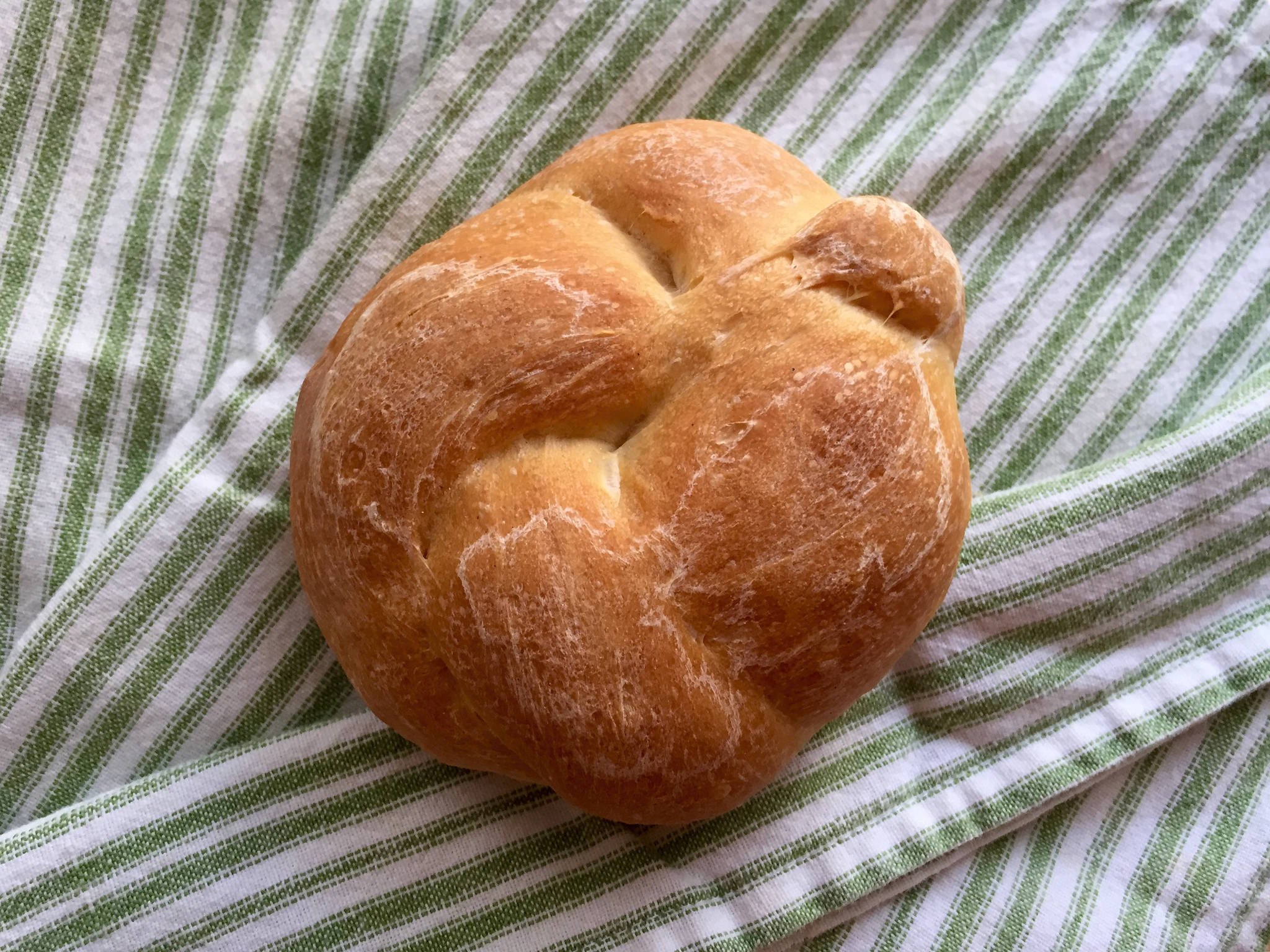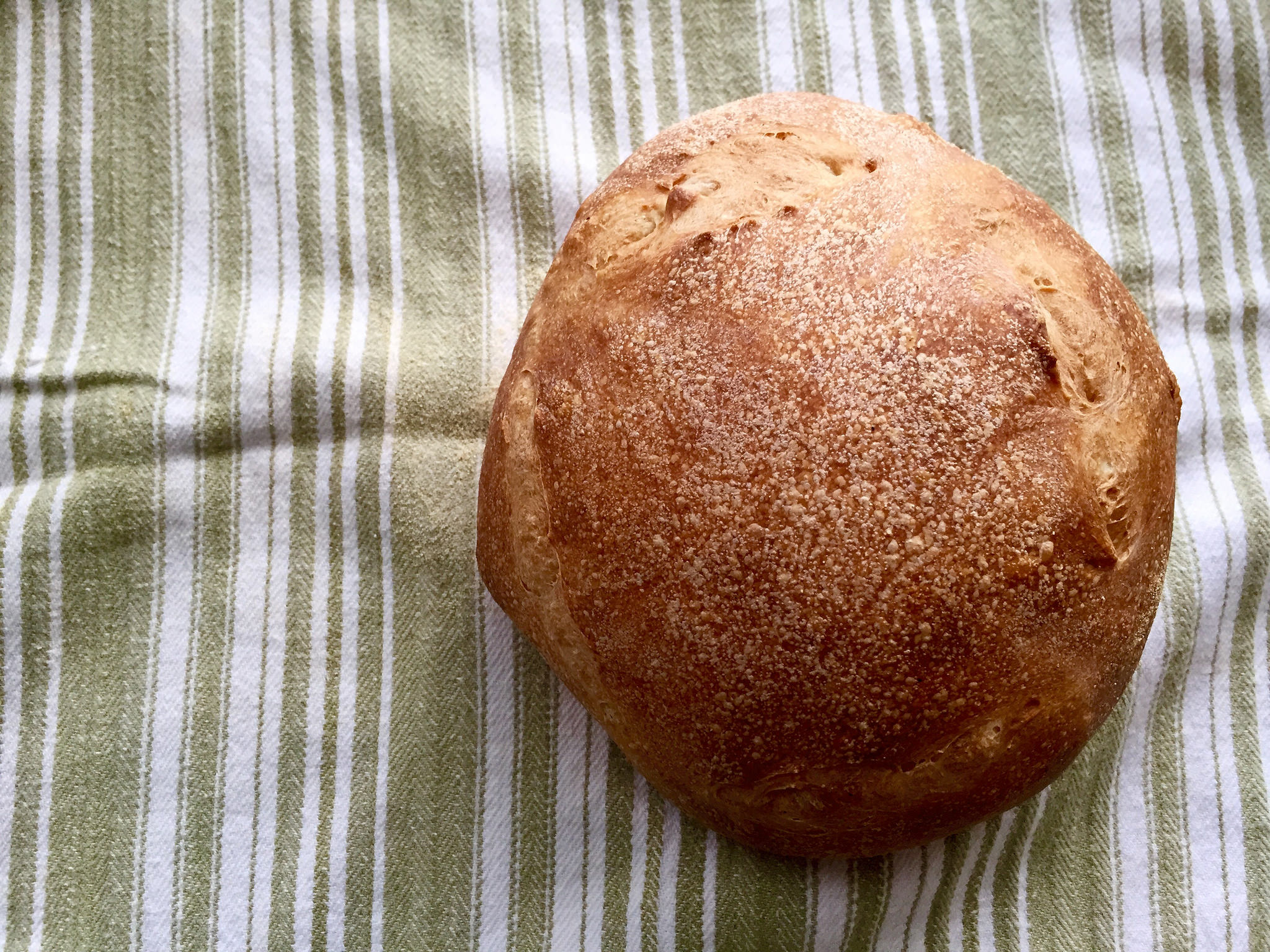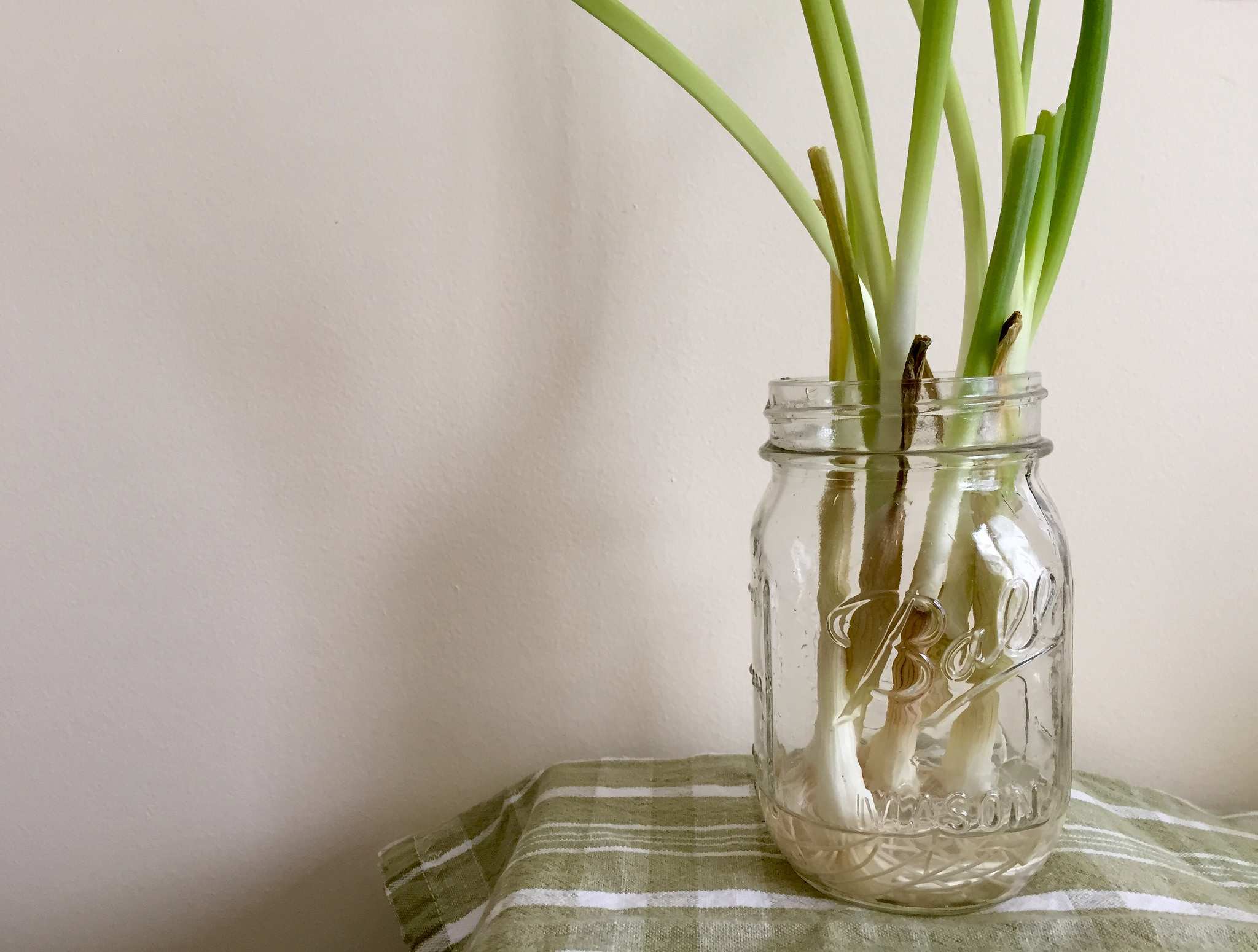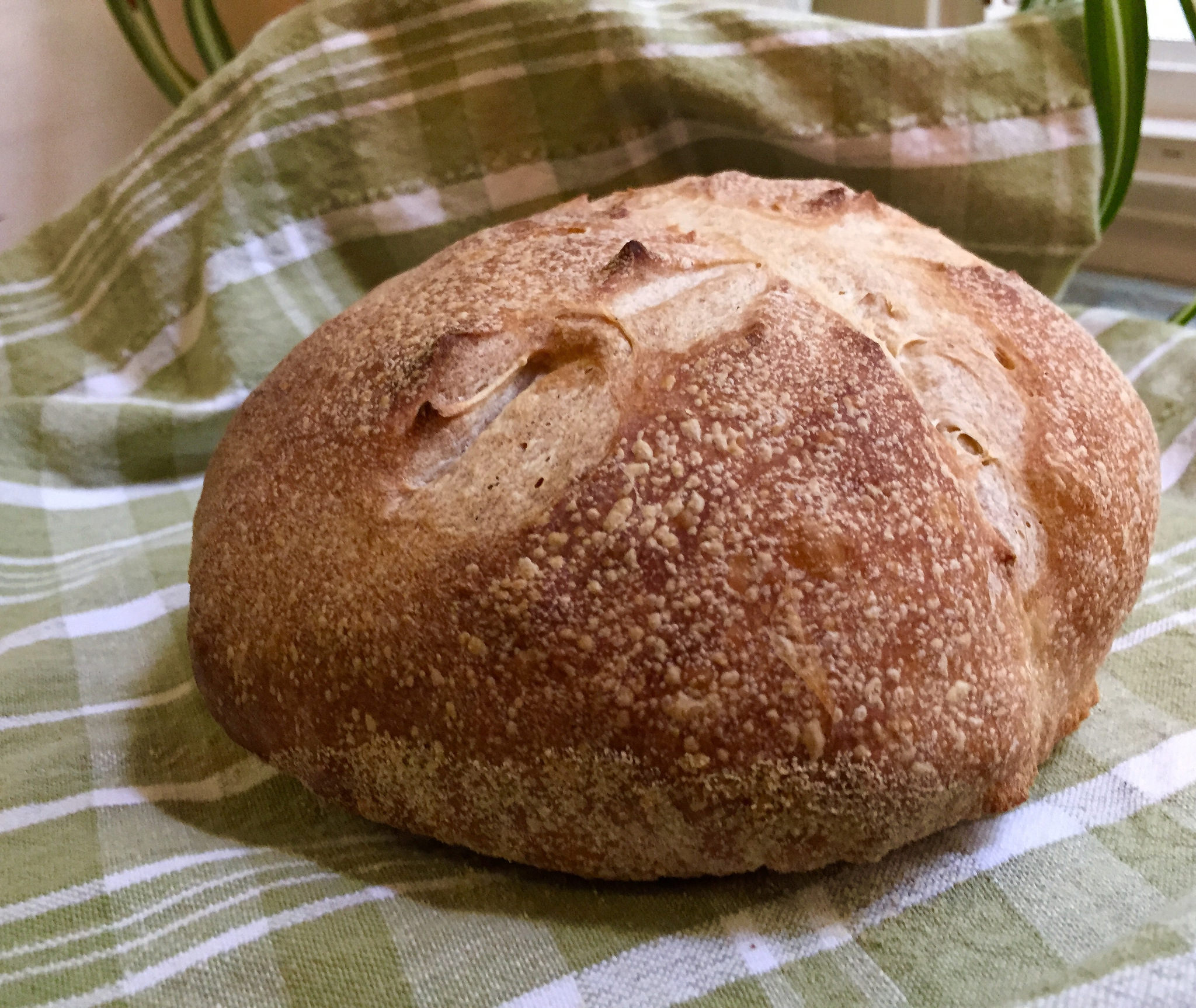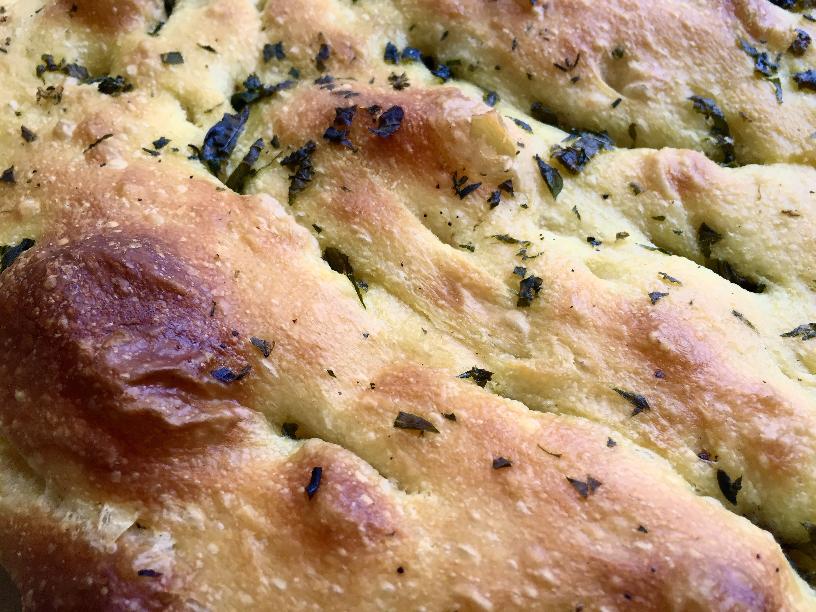If your only experience of Kaiser rolls thus far has been the prebagged kind you get at the grocery store, or soggy sandwiches on deli trays, these are going to change your mind about how awesome they are. Peter Reinhart’s Kaiser rolls are flavorful but neutral, with a chewy but not tough crust and a soft, light interior. They make the perfect canvas for many a sandwich, and the dough has just a bit of fat to keep the rolls from drying out too quickly.
The History of the Kaiser Roll and Other Interesting Things
Kaiser rolls were named in honor of the Emperor Franz Joseph I of Austria in the 18th century, although they’ve probably been around in some form or another for longer than that. A fun fact (if you’re the type of person who puts history and/or linguistics in the “fun” category): kaiser is the German word for “Emperor,” and has been in use since the days of the Holy Roman Empire, back when years only had three digits. It’s derived from the imperial Roman title “Caesar,” taken from the cognomen of Julius Caesar. For Slavic languages, it’s also where the word tsar (or czar) comes from. That a word can be carried across cultural and linguistic barriers over time, picking up new significance as it goes, is a fascinating indicator of the way humans share ideas. Caesar’s name endures down through the centuries and across many languages as a metonym for power. And that’s how we end up with a vaguely crown-shaped roll, named in honor of an Austrian emperor whose title was plucked from the name of a Roman politician who lived almost 2 millennia before him.
But I digress — back to the bread at hand.
Shaping Kaiser Rolls
I found that the trickiest part of the process was shaping the rolls. Kaiser rolls have a distinctive swirl to them, which professional bakers generally create with a specialized Kaiser roll cutter. Since I don’t have such a tool on hand in my rather minimalist kitchen, I opted to tie the rolls in knots. Unfortunately, the dough was soft and tacky enough that wherever it touched itself it stuck, so I essentially got one shot at creating the perfect knot for each roll. Most of my 6 rolls did not end up as picture-perfect swirls. The next time I make these, I may firm the dough up slightly more with a bit more flour, to make for easier shaping.
Salami and Cheese Sandwich, aka the Very Best Thing to Do with Your Kaiser Roll
I fell in love with the Kaiser roll sandwich on a trip to Austria, although the sandwich itself wasn’t anything you couldn’t get anywhere else in the world. Maybe it was the high altitude of Innsbruck. Maybe it was my persistent jetlag. Or maybe it was just the fact that I hadn’t been able to get my stomach to behave after a beer-filled night in Munich the day before, followed by a long and insufferably winding bus ride through the Alps in the morning. But when I took a bite of the salami and provolone sandwich– selected haphazardly at a local grocery store– the fog lifted from my brain and my taste buds came alive. The bread was fresh and tender, the salami peppered and not too salty, and the cheese cool and creamy. It was simple but perfectly balanced. It was the best sandwich I had ever tasted.
Or maybe my memory is just overly-rosy. But regardless, I still love these sandwiches because they’re an easy lunch that’s cheap and packs well. I like to add a little hot mustard to keep it interesting.
Kaiser Roll Recipe
Yields 6 large rolls. Adapted from Peter Reinhart’s The Bread Baker’s Apprentice. I’ve omitted the diastatic barley malt powder as it can be difficult to find and the rolls bake up well without it, but the recipe remains largely the same otherwise.
Ingredients
- 1 1/2 cups (8 ounces) pâte fermentée
- 2.5 ounces bread flour
- 2.5 ounces AP flour
- 1/2 tsp salt
- 1/4 tsp instant yeast
- 3-4 ounces of water, room temperature
- 2 1/4 cups (10 ounces) bread flour
- heaping 3/4 tsp salt
- 1 tsp instant yeast
- 1 large egg
- 1 1/2 Tbsp oil
- 5-6 ounces water, lukewarm (90-100°F)
- Semolina flour for dusting
- Preparing the Pâte Fermentée: Stir together flour, salt, and yeast in a mixing bowl. Add 3/4 cup water and stir until a coarse ball forms. Adjust water or flour if the dough is too sticky or too stiff.
- Turn out onto a floured counter and knead for 5 minutes, or until it registers about 77-81°F and passes the windowpane test. Transfer to an oiled bowl, cover and let rise for about an hour. The dough should swell to 1.5x its original size.
- Knead lightly to degas, then return to covered bowl and refrigerate overnight, or up to 3 days.
- The Next Day: Remove the pâte fermentée from the fridge at least an hour before making the dough. Cut it into 8-10 pieces and cover while it’s coming to room temperature.
- Make the Dough: Mix together the flour, salt, and yeast in a large mixing bowl, then add the wet ingredients (start with the minimum amount of water). Stir until the ingredients form a ball, adding extra water if the mixture is too dry.
- Turn the dough out onto a floured surface and knead for 10 minutes, or until dough is soft and tacky, but doesn’t stick to the kneading surface. It should register about 77-81°F and pass the windowpane test.
- Place dough in an oiled bowl and cover to ferment for 2 hours. The dough should double in size.
- Shape the Rolls: Divide the dough into 6 equal pieces and form them into round rolls. Cover with plastic wrap that has been sprayed with spray oil and let rest for 10 minutes. Proceed with shaping the rolls, placing them on a parchment-lined baking sheet that has been dusted with semolina flour as you finish each one.
- Knotting the rolls: To create the distinctive swirl of Kaiser rolls, roll one portion of the dough out into a long strand, about 8-9 inches. Tie a simple knot in the center of the dough, then tuck the loose ends into the middle of the roll (one end over the top and one up through the bottom).
- Proof the rolls for another hour, preheating the oven to 425°F when they’re close to ready.
- Bake the Rolls: Mist the rolls lightly with water immediately before baking. Place the pan in the oven and mist the oven walls too. Bake for 10 minutes, then reduce temperature to 400°F and continue baking for another 15-20 minutes, or until rolls are golden brown.
- Transfer rolls to cooling rack and let cool for at least 30 minutes before serving.

